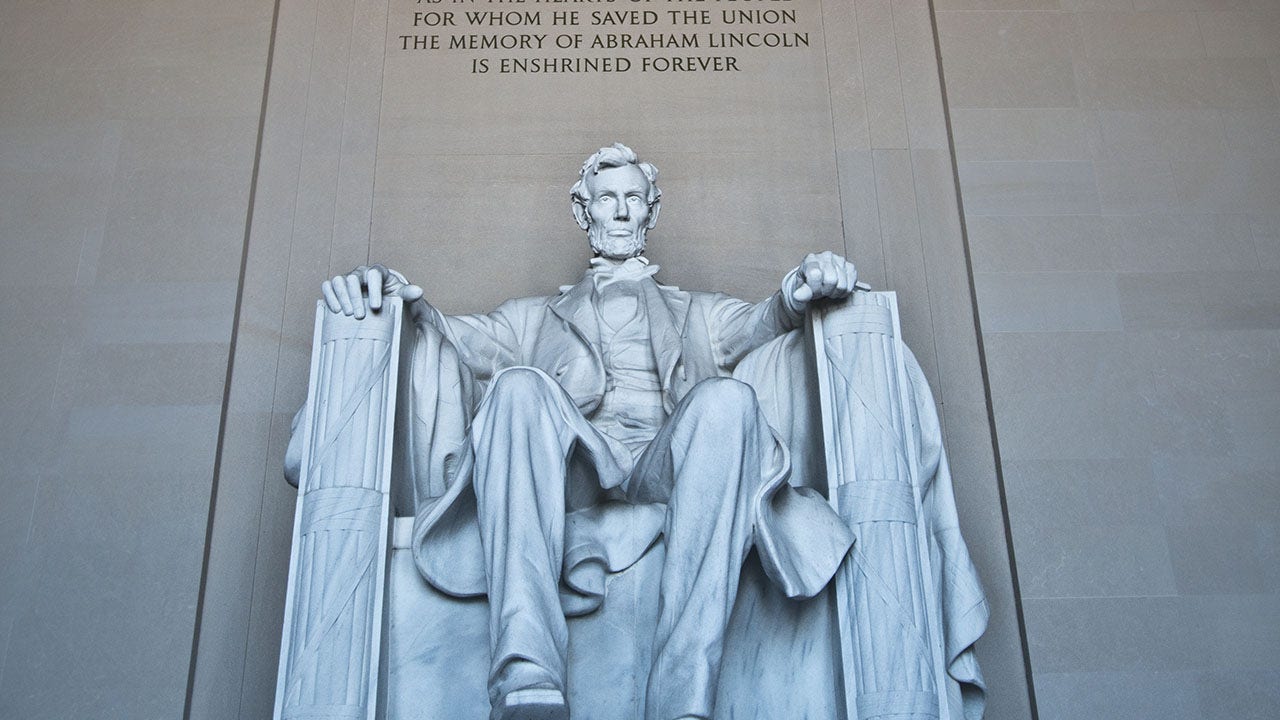Slavery in the United States was a deeply entrenched institution that shaped the nation's history and economy. The question of when slavery was abolished in the US remains a critical topic for understanding the nation's past and its ongoing quest for equality. This dark chapter in American history ended with the ratification of the 13th Amendment to the Constitution in 1865, but the road to abolition was long and fraught with conflict.
The abolition of slavery marked a turning point in the history of the United States. It not only changed the lives of millions of enslaved individuals but also transformed the social, economic, and political landscape of the country. The fight for freedom was driven by abolitionists, enslaved people themselves, and the political leadership of the time.
This article delves into the history of slavery in the United States, exploring the key events, figures, and legislation that led to its eventual abolition. By understanding this history, we gain insight into the struggles faced and the progress achieved, as well as the challenges that persist today.
Read also:Shayla Stevens Net Worth Exploring The Rising Stars Wealth And Achievements
Table of Contents
- Introduction
- History of Slavery in the US
- The Abolition Movement
- Key Figures in Abolition
- The Emancipation Proclamation
- The 13th Amendment
- The Reconstruction Era
- Legacies of Slavery
- Modern Implications and Challenges
- Conclusion
History of Slavery in the US
Slavery in the United States dates back to the early 17th century when the first African slaves arrived in Jamestown, Virginia, in 1619. Over the next two centuries, slavery became a central pillar of the Southern economy, with millions of Africans forcibly brought to the Americas to work on plantations.
By the 19th century, the divide between the slaveholding South and the more industrialized North grew wider. The Southern economy relied heavily on enslaved labor for the production of crops such as cotton, tobacco, and rice. Meanwhile, the Northern states gradually abolished slavery, creating a stark contrast in societal values and economic systems.
Expansion of Slavery
The expansion of slavery into new territories became a contentious issue in the mid-1800s. The Missouri Compromise of 1820 attempted to address this by allowing Missouri to enter the Union as a slave state while prohibiting slavery in other parts of the Louisiana Territory. However, this compromise only temporarily resolved the tensions.
- The Fugitive Slave Act of 1850 further inflamed tensions by requiring the return of escaped slaves to their owners.
- The Dred Scott decision in 1857 declared that enslaved people were not citizens and had no legal standing to sue for their freedom.
The Abolition Movement
The abolition movement gained momentum in the early to mid-19th century, driven by both religious and moral convictions. Abolitionists sought to end slavery through education, advocacy, and direct action. Key publications like William Lloyd Garrison's The Liberator played a crucial role in spreading the anti-slavery message.
Key Strategies
Abolitionists employed various strategies to combat slavery:
- Publishing anti-slavery literature and newspapers.
- Organizing lectures and conventions to raise awareness.
- Providing aid and shelter to escaped slaves through the Underground Railroad.
The movement also gained support from prominent figures such as Frederick Douglass and Harriet Tubman, who used their personal experiences to inspire change.
Read also:Understanding The Japanese Mentality A Comprehensive Exploration
Key Figures in Abolition
Several individuals played pivotal roles in the fight against slavery. Their efforts laid the groundwork for its eventual abolition.
Frederick Douglass
Fredrick Douglass, an escaped slave and renowned orator, became one of the most prominent voices in the abolition movement. His autobiography, Narrative of the Life of Frederick Douglass, exposed the horrors of slavery to a wide audience.
Harriet Tubman
Harriet Tubman, known for her work with the Underground Railroad, risked her life to lead hundreds of enslaved individuals to freedom. Her bravery and leadership made her a symbol of the abolitionist cause.
The Emancipation Proclamation
On January 1, 1863, President Abraham Lincoln issued the Emancipation Proclamation, declaring that all enslaved people in Confederate-held territory were to be set free. While the proclamation did not immediately end slavery everywhere, it marked a significant step toward its abolition.
Impact of the Proclamation
The Emancipation Proclamation had several key effects:
- It redefined the purpose of the Civil War, shifting the focus to the abolition of slavery.
- It allowed for the enlistment of African American soldiers in the Union Army.
- It paved the way for the eventual passage of the 13th Amendment.
The 13th Amendment
The 13th Amendment to the United States Constitution, ratified on December 6, 1865, officially abolished slavery throughout the country. This landmark legislation was the culmination of decades of struggle and sacrifice by abolitionists and enslaved individuals alike.
When was slavery abolished in the US? The ratification of the 13th Amendment is the definitive answer to this question.
The Reconstruction Era
Following the Civil War, the Reconstruction Era sought to rebuild the South and integrate formerly enslaved individuals into society. This period saw the passage of the 14th and 15th Amendments, which granted citizenship and voting rights to African Americans.
Challenges During Reconstruction
Despite these advancements, the Reconstruction Era faced significant challenges:
- The rise of white supremacist groups like the Ku Klux Klan.
- The implementation of Jim Crow laws that enforced racial segregation.
- Economic and social inequalities that persisted despite legal changes.
Legacies of Slavery
The legacy of slavery in the United States continues to influence society today. Racial disparities in wealth, education, and criminal justice are direct consequences of the institution's enduring impact.
Economic Impact
Slavery was a cornerstone of the American economy, particularly in the South. The wealth generated by enslaved labor contributed significantly to the nation's growth but at a great human cost.
Modern Implications and Challenges
In contemporary times, the effects of slavery are still felt in various forms of systemic racism and inequality. Efforts to address these issues include discussions on reparations, affirmative action, and criminal justice reform.
Reparations Debate
The debate over reparations for the descendants of enslaved people has gained traction in recent years. Proponents argue that reparations are necessary to address the historical injustices of slavery, while opponents raise concerns about the feasibility and fairness of such measures.
Conclusion
The abolition of slavery in the United States was a monumental achievement that transformed the nation. While the 13th Amendment officially ended slavery in 1865, the struggle for equality and justice continues to this day. Understanding the history of slavery and its abolition is essential for addressing the challenges that remain.
We invite you to engage in this conversation by leaving a comment or sharing this article with others. For more insights into American history, explore our other articles on related topics.
References:

